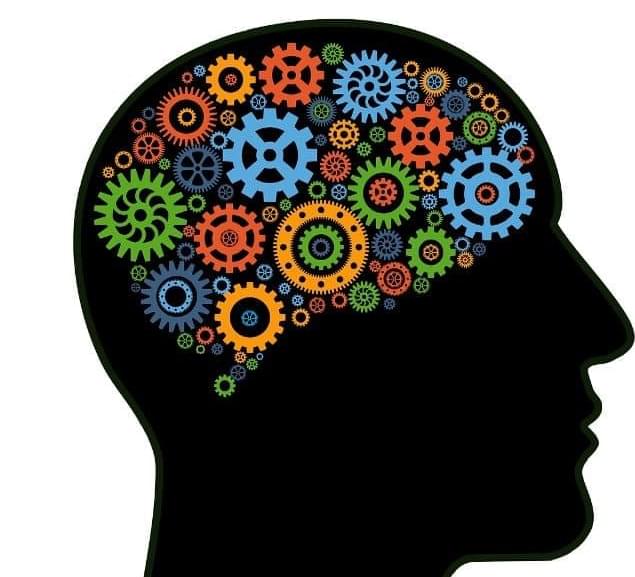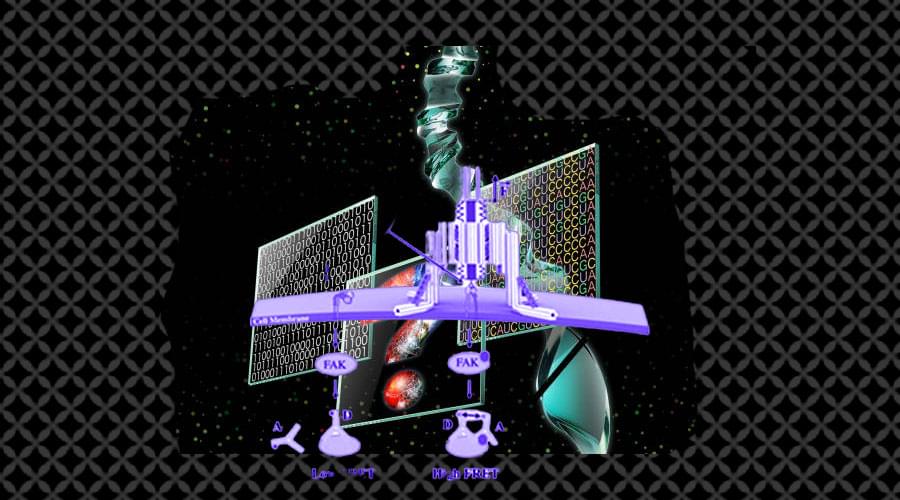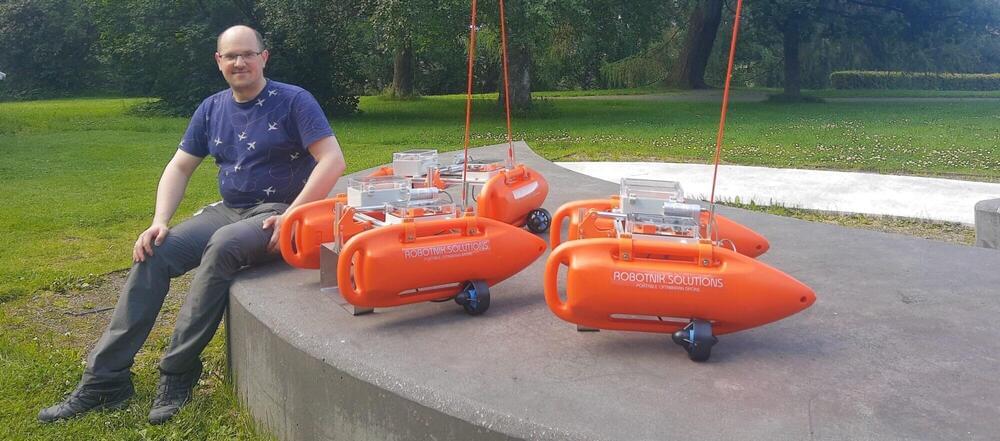A widely discussed application of social robots that has so far been rarely tested in real-world settings is their use as bartenders in cafés, cocktail bars and restaurants. While many roboticists have been trying to develop systems that can effectively prepare drinks and serve them, so far very few have focused on artificially reproducing the social aspect of bartending.
Researchers at University of Naples Federico II in Italy have recently developed a new interactive robotic system called BRILLO, which is specifically designed for bartending. In a recent paper published in UMAP ‘22 Adjunct: Adjunct Proceedings of the 30th ACM Conference on User Modeling, Adaptation and Personalization, they introduced a new approach that could allow their robot to have personalized interactions with regular customers.
“The bartending scenario is an extremely challenging one to tackle using robots, yet it is also very interesting from a research point of view,” Prof. Silvia Rossi, one of the researchers who carried out the study and the scientific coordinator of the project, told TechXplore. “In fact, this scenario combines the complexity of efficiently manipulating objects to make drinks with the need to interact with the users. Interestingly, however, all current applications of robotics for bartending scenarios ignore the interaction part entirely.”





